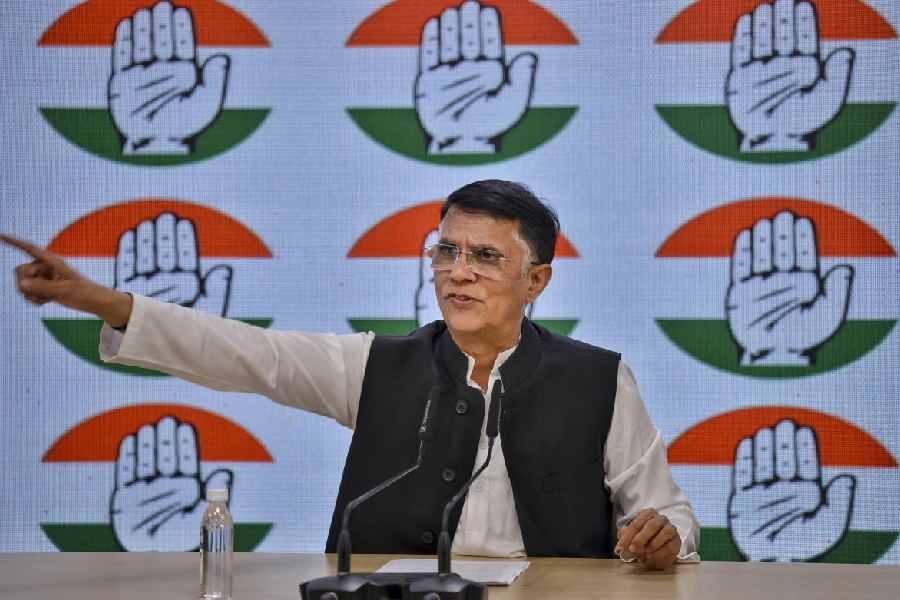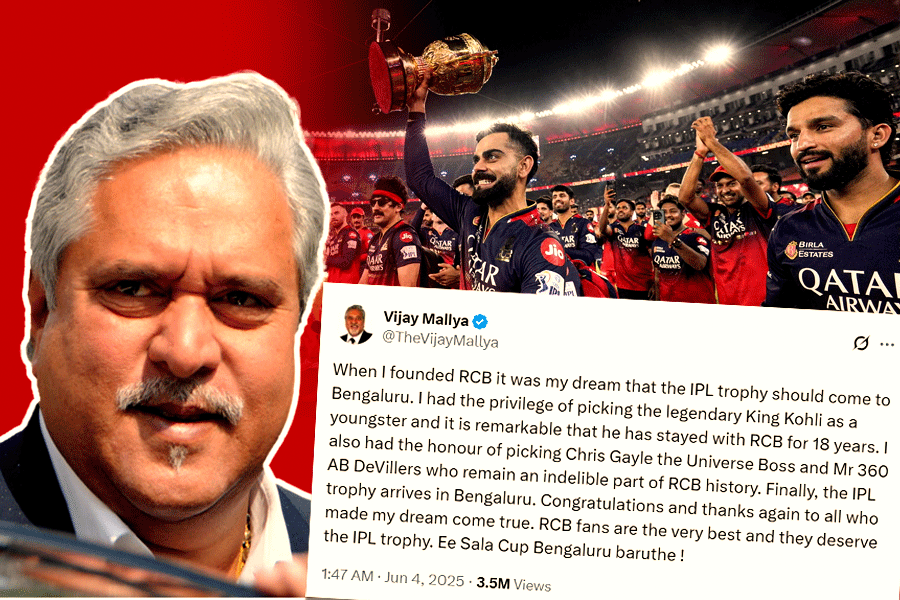Any clarification is welcome, if it helps to lay out the exact scope of one of India's hardworked laws. The Supreme Court has ruled that any person who is not a Muslim, Christian, Parsi or Jew is covered by the Hindu Marriage Act. The reforms that the Hindu code has undergone over the last 50 years have gradually made it applicable to all sections of the Hindu community. This Supreme Court ruling, however, has brought Buddhists, Jains and Sikhs under the purview of the Hindu marriage laws, and has also enumerated the other groups that will be included: Brahmos, Lingayats, Vaishnavas, and followers of the Prarthana Samaj and Arya Samaj. The order is important because the petition that brought it forth was made by an Oraon woman who wished to challenge her husband's decision to marry a second time. In effect, therefore, scheduled tribes will be 'deemed to be Hindus' for the purposes of the Hindu Marriage Act.
There is a positive side to this. The Hindu Marriage Act has standardized certain basic practices and has laid out a rationale of uniformity, at least within the group or groups which come under its purview. Customary practices of small groups, such as tribes and special sects, which come into conflict with the consensual notions of civil society, can be combated by the use of such a law. There is, of course, another side. Outside the courts, there may be some hairsplitting over the indirect inclusion of scheduled tribes or of Sikhs, for example, under the Hindu nomenclature. That the widening of a law for beneficial intent should raise questions at all is a symptom of a much deeper problem. The Hindu Marriage Act, however wide its purview, would still cover a segment of the population. India is overburdened with different codes of law governing the basic actions, decisions, rights and duties of existence in a civil society. The lack of a central notion of law or enforcing authority that the British found when they came to India has still not been entirely corrected.
The traditional heritage of a variety of socially regulative and normative rules and specific punishments for violating them in each separate group provides the silent rationale for the different sets of laws. Both Hindus and Muslims have separately tried to modernize their laws. The Shariat Act of 1937 brought some uniformity to the Muslim population as a whole. It declared that Muslims preferred to be governed by the canon law of Islam. But, like the many Hindu laws, this has remained undefined in terms of what a modern civil society needs in a pragnmatic or secular sense.
The issue to be addressed is far wider than the question of the uniform civil code. It is not the persistence of personal or family laws alone that needs scrutiny. There is the disturbing inability to get rid of traditional systems as layers within an apparently updated law - the vestiges of mitakshara and dayabhaga in Hindu inheritance laws for example. The root of the problem is the lack of segregation between the spheres of the civil and the religious. Both during and after British rule, there have been continuing efforts at reform. Yet reasons of governance and perhaps the temptations of the line of least resistance have prevented an overall and consistent separation of the ground covered by religion from the ground that should be covered by civil law. There is no reason why such a move should threaten the plurality of a thriving republic. The variety of codes does not serve the cause of plurality, it merely helps divisiveness. It makes the idea of equality of all citizens before law quite meaningless, because there are different laws for different groups of citizens. This strikes at the very idea of justice. Different spheres of applicability endanger the premise of human rights. And without that, no civil society can survive. Strengthening older laws is fine. But making them strong and wide will not help resolve the deeper problem of multiple codes.
 Wednesday, 04 June 2025
Wednesday, 04 June 2025










